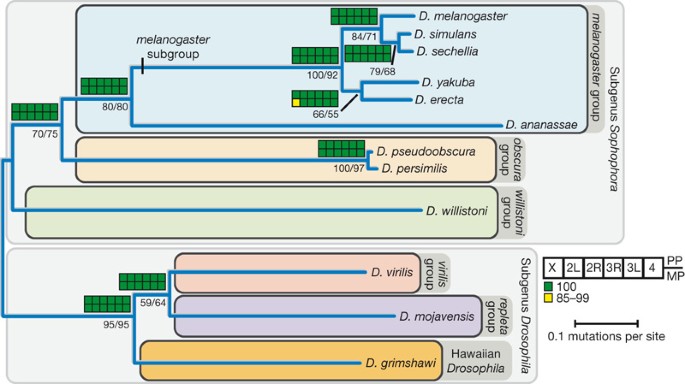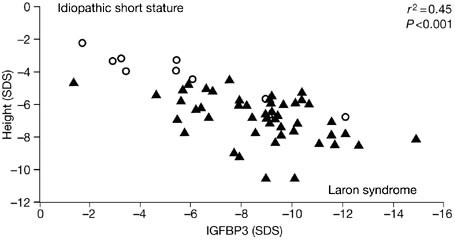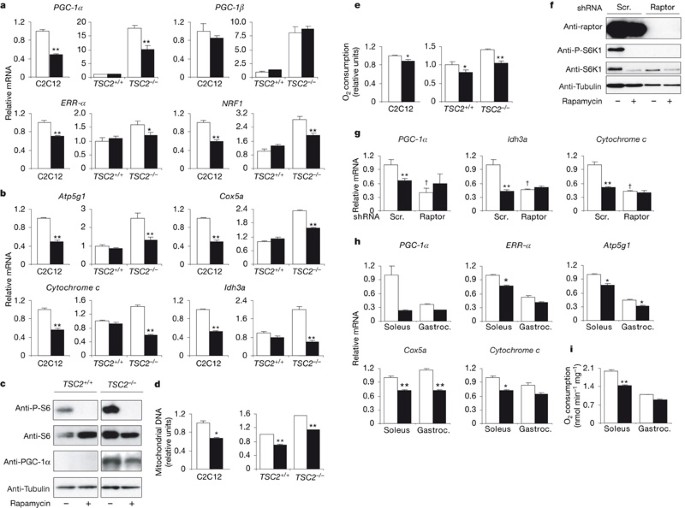- Select a language for the TTS:
- UK English Female
- UK English Male
- US English Female
- US English Male
- Australian Female
- Australian Male
- Language selected: (auto detect) - EN
Play all audios:
ABSTRACT As any lexicographer knows, the meanings of words are not immediately open to introspection. Their covert nature underlies at least one current controversy: some theorists propose
that meanings are composed of semantic primitives1, whereas others deny the existence of such entities2,3. We have investigated the matter in an evaluation of the responses of naive speakers
as a source of lexicographical information. Access through your institution Buy or subscribe This is a preview of subscription content, access via your institution ACCESS OPTIONS Access
through your institution Subscribe to this journal Receive 51 print issues and online access $199.00 per year only $3.90 per issue Learn more Buy this article * Purchase on SpringerLink *
Instant access to full article PDF Buy now Prices may be subject to local taxes which are calculated during checkout ADDITIONAL ACCESS OPTIONS: * Log in * Learn about institutional
subscriptions * Read our FAQs * Contact customer support SIMILAR CONTENT BEING VIEWED BY OTHERS OVERLAP IN MEANING IS A STRONGER PREDICTOR OF SEMANTIC ACTIVATION IN GPT-3 THAN IN HUMANS
Article Open access 28 March 2023 THE THREE TERMS TASK - AN OPEN BENCHMARK TO COMPARE HUMAN AND ARTIFICIAL SEMANTIC REPRESENTATIONS Article Open access 02 March 2023 CULTURAL INFLUENCES ON
WORD MEANINGS REVEALED THROUGH LARGE-SCALE SEMANTIC ALIGNMENT Article 10 August 2020 REFERENCES * Schank, R., _Cog. Psychol._, (1972). * Winograd, T., _Understanding Natural Language_
(Edinburgh University, Edinburgh, 1972). Book Google Scholar * Kintsch, W., _The Representation of Meaning in Memory_ (Erlbaum, New Jersey, 1974). Google Scholar * Miller, G. A., and
Johnson-Laird, P. N., _Language and Perception_ (Harvard University, Cambridge, Massachusetts, and Cambridge University, London, 1976). Book Google Scholar * Morris, W. (ed.), _The
American Heritage Dictionary of the English Language_ (Houghton Mifflin, New York, 1969). Download references AUTHOR INFORMATION AUTHORS AND AFFILIATIONS * Centre for Research on Perception
and Cognition, Laboratory of Experimental Psychology, University of Sussex, Brighton, UK P. N. JOHNSON-LAIRD & J. G. QUINN Authors * P. N. JOHNSON-LAIRD View author publications You can
also search for this author inPubMed Google Scholar * J. G. QUINN View author publications You can also search for this author inPubMed Google Scholar RIGHTS AND PERMISSIONS Reprints and
permissions ABOUT THIS ARTICLE CITE THIS ARTICLE JOHNSON-LAIRD, P., QUINN, J. To define true meaning. _Nature_ 264, 635–636 (1976). https://doi.org/10.1038/264635b0 Download citation *
Received: 19 July 1976 * Accepted: 27 October 1976 * Issue Date: 16 December 1976 * DOI: https://doi.org/10.1038/264635b0 SHARE THIS ARTICLE Anyone you share the following link with will be
able to read this content: Get shareable link Sorry, a shareable link is not currently available for this article. Copy to clipboard Provided by the Springer Nature SharedIt content-sharing
initiative







